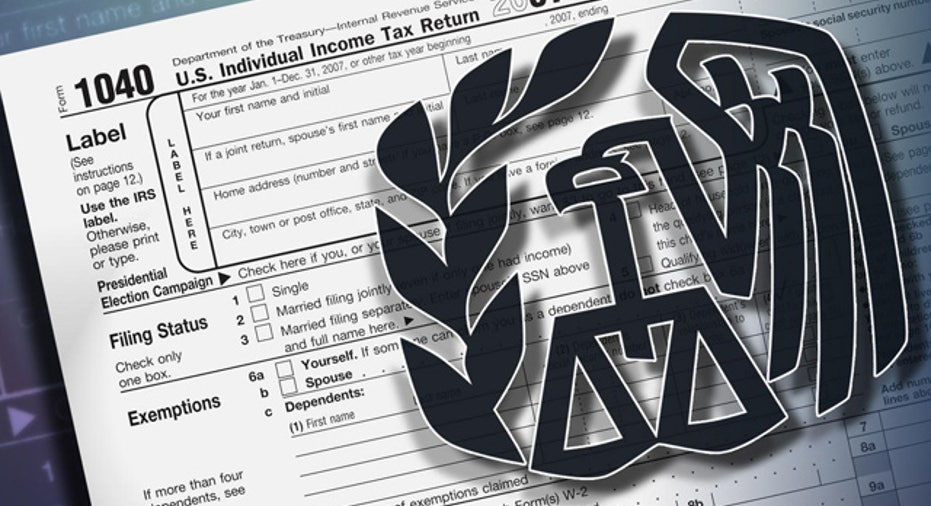What to Do if You are Missing Tax Documents

While April is the most important month of the tax season, January and early February are also important because that’s when you will receive tax documents: W2s, 1099s, K-1s, year-end statements from your brokerage house among others.
The deadline for mailing these forms to the recipients is Jan. 31. If you are well organized, you likely have already set up a tax file and have put other documents into the file throughout the year to get ready for tax season. Those documents might include acknowledgement letters from nonprofit organizations, receipts for vehicle registration fees, property tax payments, to name a few. Now all you need to do is throw in the documents you receive in the mail during January and you will be ready.
Oftentimes these important tax documents aren’t received, causing headaches for taxpayers. One way to prevent a delay is to ensure the sender has your correct address. If you moved this year, be sure your employer and all other senders of tax documents have your current address.
If you are still missing forms there are other ways to acquire them:
- Copies of Forms W2 are required to be kept by your employer. You should have no problem obtaining a copy from them. If your employer went out of business last year, they are still required to file the forms.
If you are unable to get the information from your employer you can contact the IRS to acquire it. Use Form 4506-T available at www.irs.gov to request a copy. If the employer did not file the required W2s then use the information from your last paystub to report your income and withholdings.
2. Forms 1099 from banks and brokerage houses and Forms 1098 Mortgage interest can usually be downloaded from the reporters’ websites or requested from customer service.
3. Forms 1099 from self-employment activities are required to be sent if you earned more than $600. If you do not receive one, simply report the income on your tax return.
4. Forms K-1 can be difficult to obtain in a timely manner. The preparer of the K-1 can receive an extension of time to file up to Sept.15. This will prevent you from being able to file your taxes prior to that date. Or if you choose to file and estimate the numbers, you can always amend later – but I do not recommend that course of action. Amended returns are more likely to be audited. It’s best to obtain an extension using Form 4868 that will give you a reprieve to Oct. 15.
If you are in a big hurry, ask your tax pro to get the information for you. It’s a simple phone call to the IRS’ practitioner hot line and a fax of all your third party documents will arrive usually the same day. Bear in mind that the IRS only keeps the federal information--you will have to make a second call to the state in order to get the withholdings and state income amounts.
The IRS keeps documents on file in its active computer system for five years. Older documents are attainable but take longer to receive.
Bonnie Lee is an Enrolled Agent admitted to practice and representing taxpayers in all fifty states at all levels within the Internal Revenue Service. She is the owner of Taxpertise in Sonoma, CA and the author of Entrepreneur Press book, “Taxpertise, The Complete Book of Dirty Little Secrets and Hidden Deductions for Small Business that the IRS Doesn't Want You to Know.” Follow Bonnie Lee on Twitter at BLTaxpertise and at Facebook.